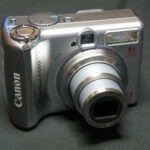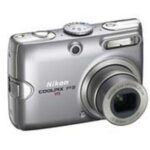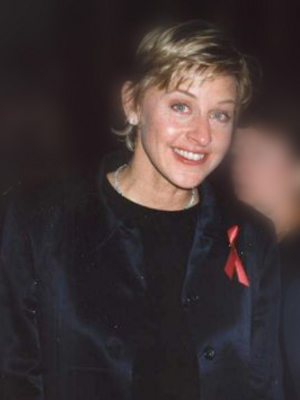The Nikon D90 contains 4 flexible shooting modes in addition to the pre-programmed easy modes. While the pre-programmed modes on the Nikon D90 such as Portrait and Action can help you easily capture great pictures without having to make many adjustments, you should practice with the flexible shooting modes whenever possible. By using the flexible shooting modes, you can unlock the true power of your Nikon D90.
The first mode we will look at is the P or “Programmed Auto” Mode. When the Nikon D90 is set to this mode, the camera chooses a correct combination of aperture size and shutter speed to produce a well exposed photograph, much like the standard Auto Mode (the green icon on your Mode dial). However the P mode gives you more flexibility. If you feel that you need to use a fast shutter speed to capture fast moving action such as a sports game, then you can rotate the main command dial to the left to tell the camera you want to use a faster shutter speed and smaller aperture. If you are shooting in low light, then you can rotate the main command dial to the right to increase the size of the aperture and lower the shutter speed at the same time. The P mode on the Nikon D90 is a great first step toward taking better photographs as it allows you to quickly see the difference in photographs across a wide range of shutter speeds and aperture sizes.
The next mode on the dial is the S or “Shutter Priority” Mode. When set for this mode, the user chooses the shutter speed and the camera will automatically select the proper aperture size to ensure a correct exposure. If you want to capture action, then you will use a high shutter speed to “freeze” the action. If you are in low light or want your photograph to include motion blur, then you will use slower shutter speeds. An interesting project is to take photographs of running water at various shutter speeds. You will see how at fast speeds the water looks frozen and lifeless, and as you slow down the shutter the water will begin to take on a blurry, almost dreamy appearance.
Next on the dial we have the A or “Aperture Priority” mode. With this mode you tell the camera what aperture size (f-stop) you wish to use and the Nikon D90 will select the correct shutter speed for a good photograph. Large aperture settings such as f2.8 will reduce the depth of field in the image. This means that the main subject will be in focus but items behind it or in front of it will be blurred. This is a great way to ensure that the subject of your photograph pops out from a distracting background, something that can make a great portrait. Smaller apertures increase the sharpness of the entire image and are great for landscapes.
The final mode on the Nikon D90 that we will look at is the M or “Manual Mode”. In this mode you have full control of the camera, it will not make any of the hard decisions for you. You choose the shutter speed and aperture size manually. Once you have mastered the 3 previous modes, then you will move on to this one to start experimenting. Since the Nikon D90 is digital, there is no point in not taking dozens or even hundreds of practice photos since you are not wasting any film and the large LCD screen will instantly show you the results.
For all of the above listed modes, the flash will only fire if you have activated the popup flash by pressing the lightning bolt button on the side of the camera. The P, S, and A modes will recognize the flash being active and adjust their settings accordingly, however the M mode will not.
The Nikon D90 offers photographers a great deal of power to produce stunning photographs. However the power of the D90 cannot be fully realized if you use the Auto mode all of the time. Take some time to experiment with the P,S,A, and M modes on your Nikon D90 and soon you will start taking better photographs that seperate your pictures from the ones taken by the point and shoot crowd.






